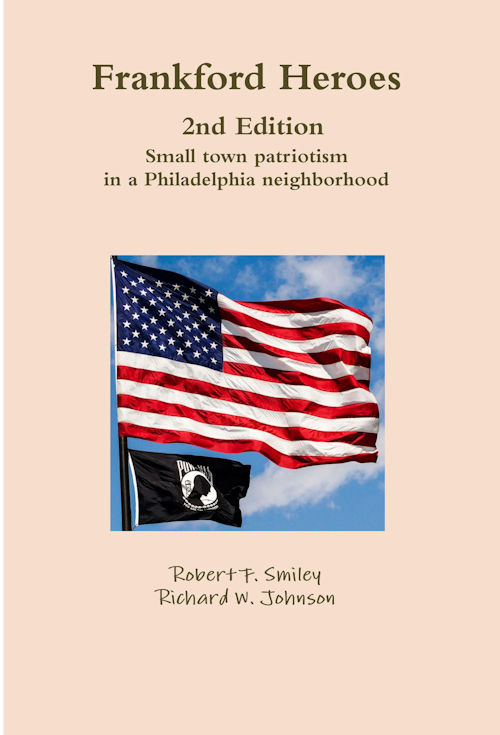
Does it matter if Frankford is in Northeast Philly? If I had my way, Frankford would always be in the same conversation as Kensington, our neighbor to along the El. I always have the same line that I use when talking about Frankford’s future. “I don’t mind Frankford being compared to Kensington, ’cause there’s hope in Kensington”. Kensington’s a dirty word in Northeast Philly but elsewhere I would say most people consider it to be gentrifying. The rest of the Northeast, however, seems to be scared that they’re in a long, slow decline. What I don’t like to see is when Frankford gets thrown into the abyss of “North Philly”. That’s not awesome at all.
So I asked Jack McCarthy, former famed archivist for the Historical Society of Frankford, and winner of Northeast Philly Quizzo over at the Grey Lodge many months ago. This was his response:
I would say that there is more or less consensus that the southern boundary of NE Phila is the Frankford Creek/Tacony Creek. (Coming out of Cheltenham it’s Tacony Creek, and becomes Frankford Creek at the point where Wingohocking Creek, which is no longer there, emptied into it.) This was the southern border of the old Oxford Township in Philadelphia County before the 1854 City/County Consolidation.
The Phila City Planning Commission calls the area between Frankford/Tacony Creek and Pennypack Creek the “Near Northeast” and the area between Pennypack and Poquessing Creeks the “Far Northeast.” See the following:
http://www.philaplanning.org/data/boundaries.pdf
The borders of Frankford are a different matter. Frankford was a borough from 1800 to 1854; it had its own government and specific boundaries, with Frankford Creek being its southern boundary. The boundaries were actually changed a couple of times in the early 1800s and then the borough was abolished in the 1854 consolidation. Frankford then became w
hat it is now – just a neighborhood of Philadelphia.
More clues to bolster our case:
- The Center for Northeast History has been run out of the Historical Society of Frankford’s building
- I heard that the venerable historian and former Lincoln High principal Harry Silcox put Frankford in the first chapter of one of his books(someone fact check this for me)
- Wikipedia puts Frankford in Northeast Philly
I would go so far as to say that the consensus is the southern border of Northeast Philadelphia is the Frankford Creek. And that puts Frankford in Northeast Philly.
Many apologies to Jack McCarthy for just totally taking a nap on this post. I emailed him for his opinion back in April and am just getting around to this post.








